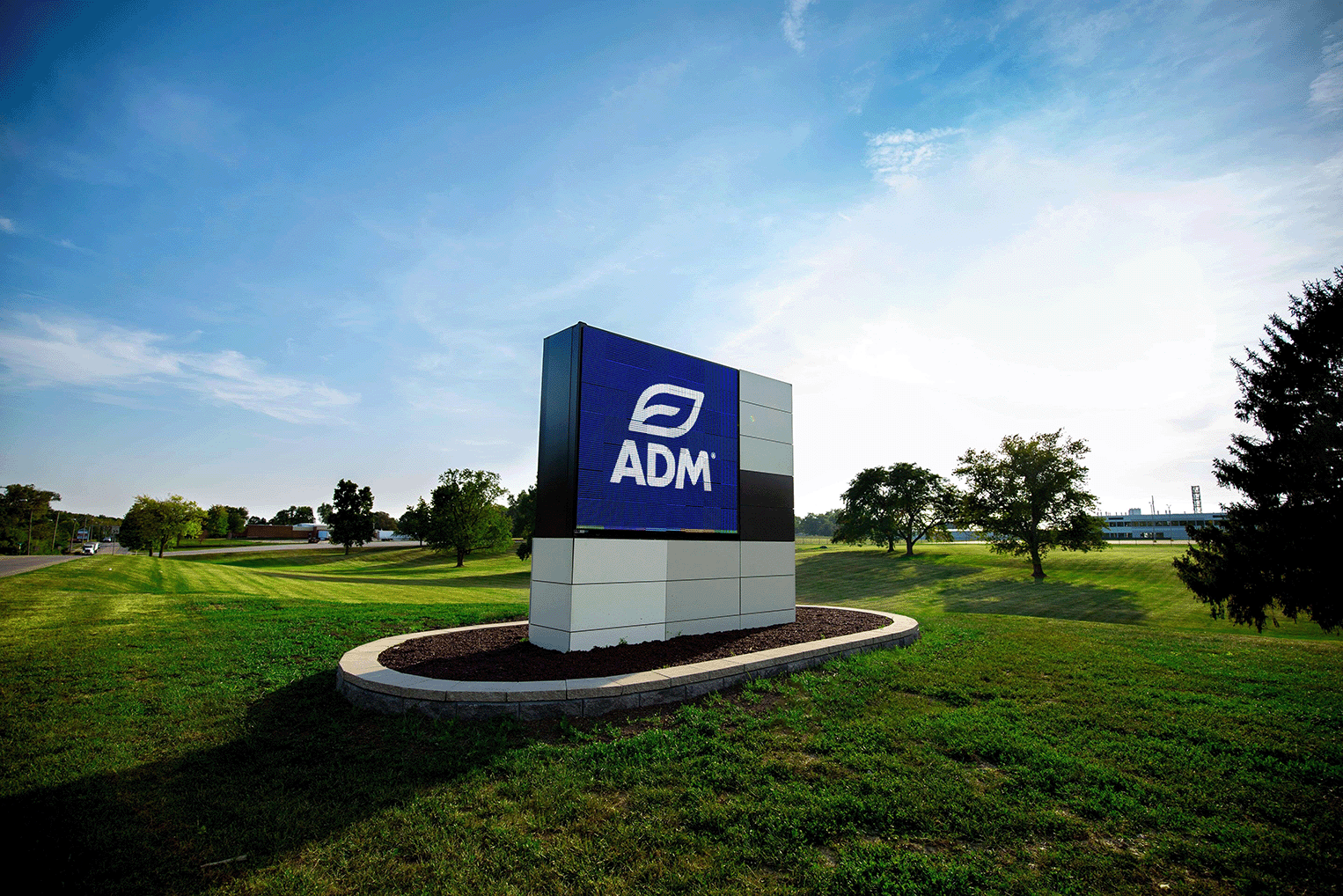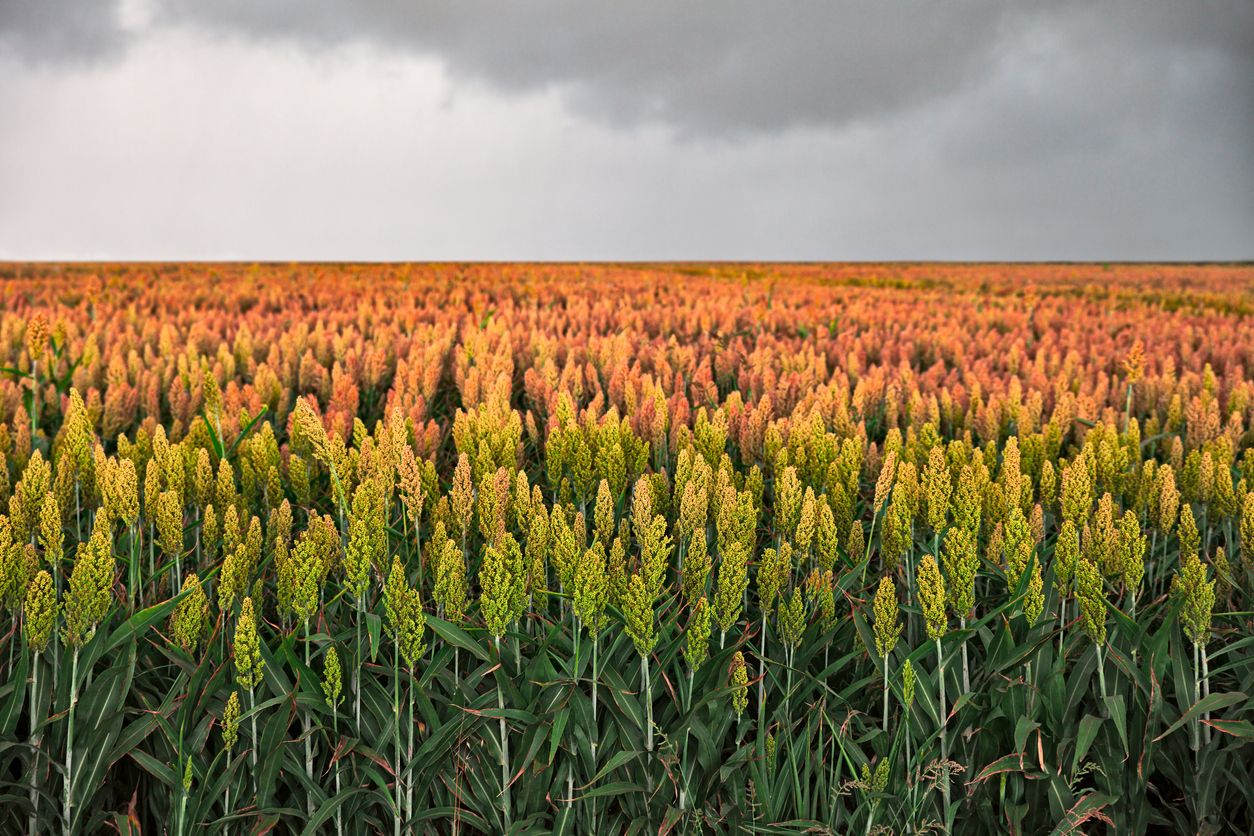ADM has transitioned more than 2.8 million of its acres to regenerative agriculture in partnership with more than 28,000 growers, the company said in its newly released 2024 regenerative agriculture report.
It has also set its 2024 target to 3.5 million acres and increased its 2025 goal from 4 million to 5 million.
“In 2023, ADM’s regenerative agriculture efforts reduced our Scope 3 GHG footprint and sequestered CO2 to the equivalent of removing more than 135,000 cars from the road for a year,” the report notes, adding that its regenerative agriculture programs now span seven countries and include “tens of thousands of growers.”
ADM defines regenerative agriculture as “an outcome-based farming approach that protects and improves soil health, biodiversity, climate and water resources while supporting farming business development.”
It is, the company says, “adaptive to local physical conditions and culture” and based on five principles of land: minimizing soil disturbance; maintaining living roots in soil; continuously covering bare soil; maximizing diversity with an emphasis on crops, soil microbes and pollinators; and responsibly managing inputs, including nutrients and pesticides.

Global growth for regenerative ag
This ADM’s second regenerative agriculture report, following an inaugural one released at the end of 2023.
Paul Scheetz, director of climate smart ag agriculture at ADM, says the biggest advancement since that time has been scale — not only surpassing 2.8 million acres but also expanding regenerative agriculture programs to different parts of the world where ADM has operations. Currently that includes South America, Europe, and India in addition to North America.
The company has engaged 2,850 farmers across 23 states and three Canadian provinces in North America. Number of acres transitioned in each state or province varies widely, from just under 1,000 acres in Idaho to more than 860,000 in ADM’s home state Illinois.
Globally, ADM has transitioned:
- 46,949 acres in Argentina
- 51,446 in Brazil
- 88,956 in India
- 3,438 in Serbia
- 10,835 in the UK
The company has also expanded the types of crops it transitions, too. Previously the ADM regenerative agriculture program focused largely on corn and wheat; the new report showcases cotton, sorghum, canola, peanuts and barley, among others, as crops being transitioned now, too.
Speaking of the different programs throughout the world, Scheetz says, “At a high level, they’re all directionally aligned as far as what you’re trying to accomplish from an outcomes perspective. You’re still trying to improve soil health, biodiversity, carbon intensity.
“But because practices and commodities are so significantly different in growing seasons, and soil types are so significantly different, that you almost have to look at each region differently. Ultimately a Brazilian farmer is completely different than an Iowa farmer.”
What the farmers say
Farmer feedback on the programs has been “really positive,” adds Scheetz.
“Carbon programs or regen ag type of programs, they’ve been going on for the better part of the last 10 years, but sometimes they aren’t super consistent,” he notes. “[ADM’s] ability to stay consistent and offer incentive-type of programs to farmers has allowed them to count on it and be ready for it every year that we roll out a new program. So that consistency is key.”
ADM conducted a survey of more than 600 farmers participating in the company’s North American regenerative agriculture program in 2023 and found that:
- 96% of those “planned to participate in the program again in 2024.”
- Another 87% said they were very or somewhat likely to recommend the program to a friend or other farmer.
- 15% of farmers say they participated in ADM’s North American regenerative agriculture program on the recommendation of a farm advisor or conservation professional.

Regen ag has to be ‘a commercial opportunity’ as well as an environmental one
“It’s still early days” for regenerative agriculture, says Scheetz.
“We haven’t been at this scale ever, and [we’ve only been] over a million acres for the last couple years. So you still have those ‘early days’ issues: Why is ADM doing this? Why are downstream customers doing this? Is my data going to be secure? How will I get rewarded?”
Transitioning acreage also takes time, he adds. “It also takes more than one conversation, upstream to farmers and downstream to market opportunities. Sometimes it takes three or four conversations or a couple years before a farmer gets a chance to dip their toes [into regenerative agriculture].”
Ultimately, regenerative agriculture “can’t just be a compliance exercise,” says Scheetz, echoing a point he’s stressed in previous conversations. “It’s got to be a commercial opportunity exercise as well throughout the whole supply chain.”
“Even though there is a learning curve from a consumer side here in these first few years, if you look at the cost of the region ag program, it’s not a huge cost increase, especially when you look at what the positive environmental impacts are long term. That’s one of the biggest reasons we are seeing such an appetite from several different entities to help fund these programs.”




